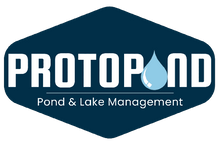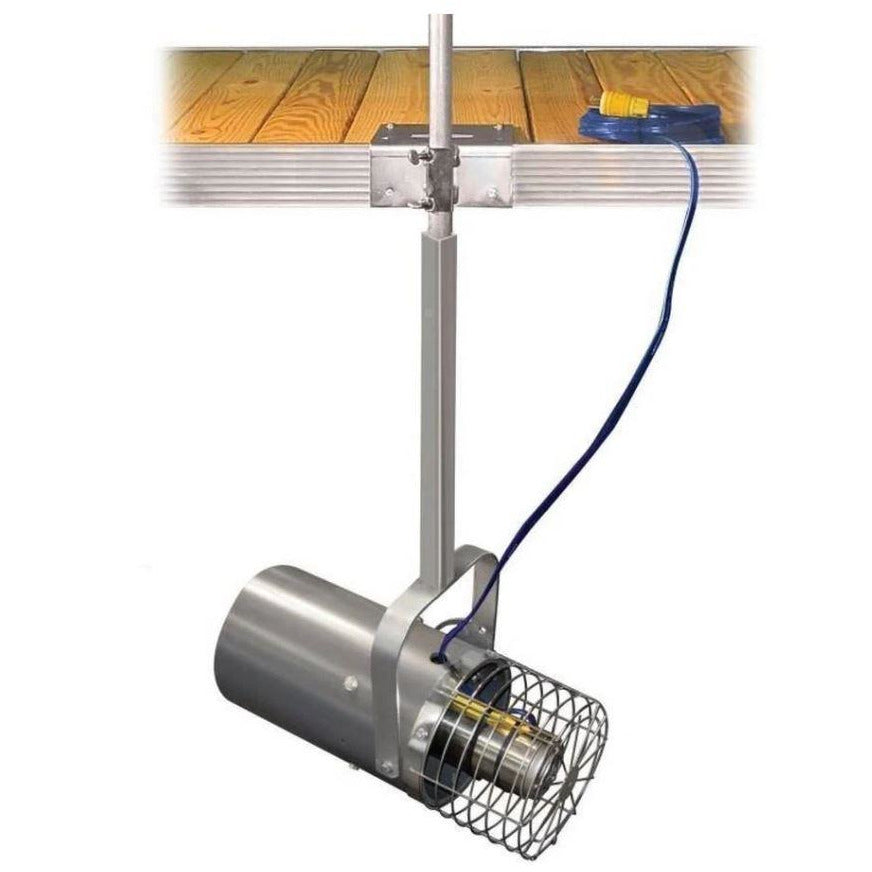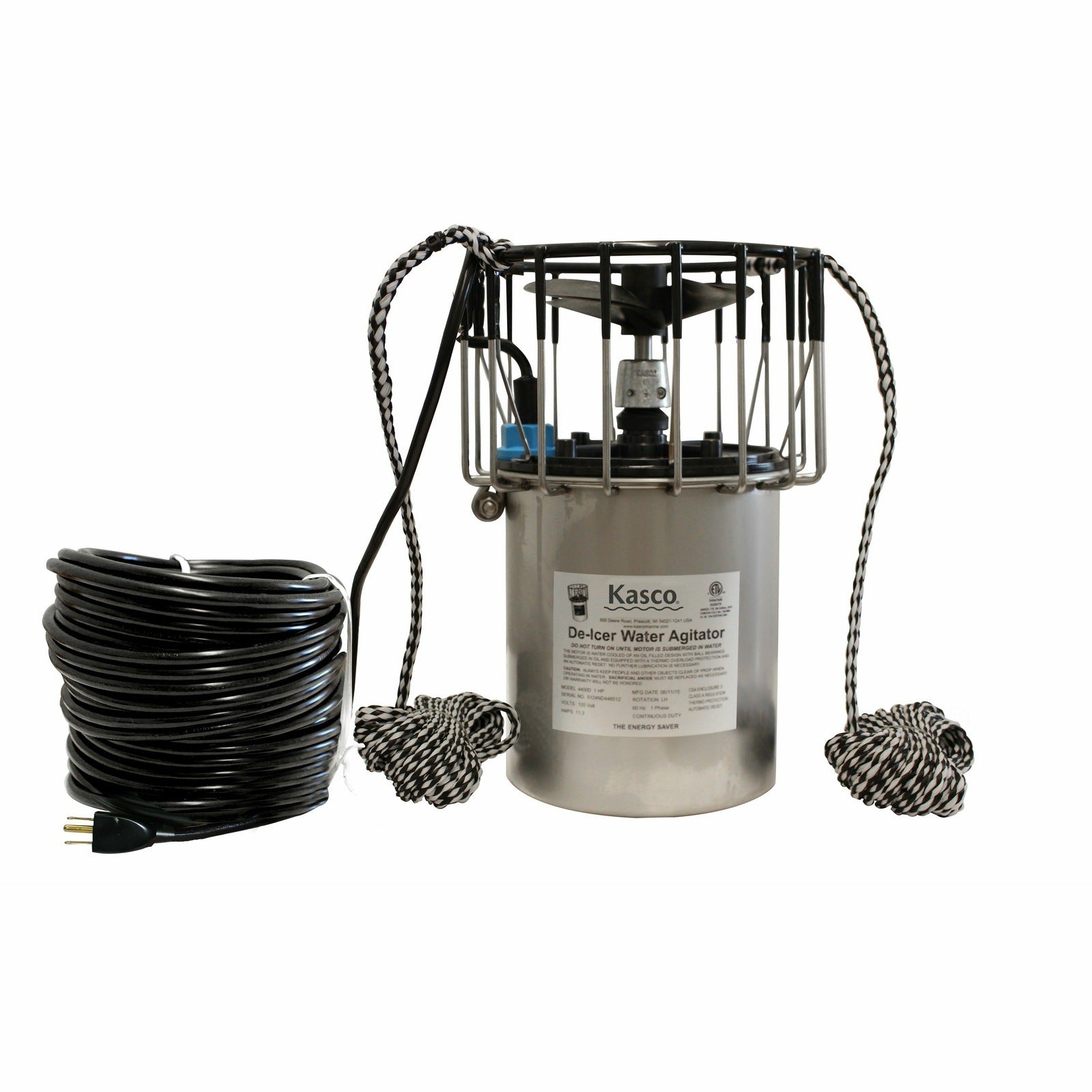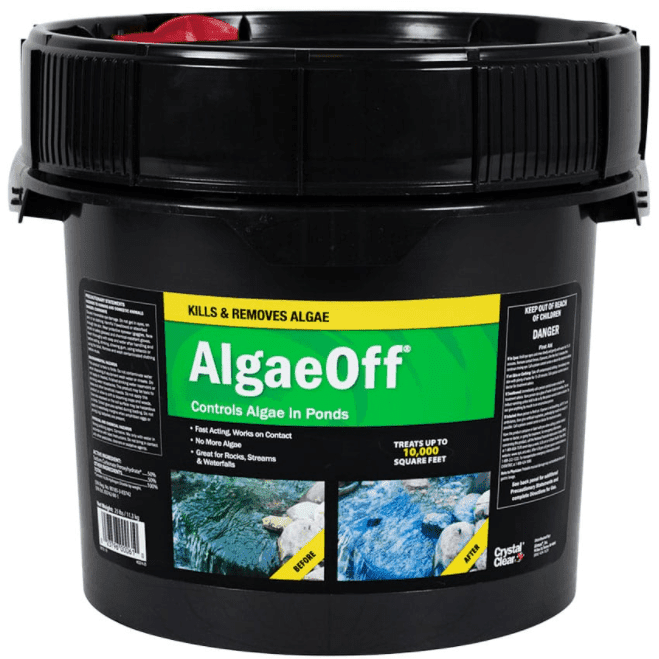Are leeches taking over your lake and ruining your swimming or fishing activities? Don't worry, you're not alone. We've got some great methods to tackle this issue and get your pond back to its best. This article will take you through different ways to deal with leeches, from using leech traps (think bug catchers, but for leeches!) to try out some do-it-yourself tricks.
These approaches are all about managing those pesky leeches in your pond effectively. By the end, you'll have the know-how to handle those unwelcome guests and have your pond feeling clean and pristine again!
Understanding the Leech Problem
Leeches are parasitic worms that feed on the blood of animals and humans. While they serve as essential components of aquatic ecosystems, an overpopulation of leeches can lead to imbalances in the lake's ecosystem. Excessive leeches may cause discomfort while swimming, harm fish populations, and impact the overall health of the lake.
Understanding the concerns surrounding leech bites is essential, particularly in regions where encounters are frequent. Dealing with leech bites can be uncomfortable and may pose health risks, but it's crucial to approach leech management with a balanced perspective. Responsible prevention and control methods can mitigate the risks while preserving the integrity of the ecosystem.
However, implementing large-scale control measures poses challenges and potential harm to the delicate balance of lake ecosystems. Thus, it's crucial to approach leech management with caution, considering the broader ecological implications.
Signs of a Leech Infestation
- Decreased fish population due to leech predation.
- Red spots or itchy skin after swimming in the lake.
- Spotting leeches attached to swimmers or water plants.
Small Scale Leech Control Methods
To deal with leeches in certain places, it's important to find eco-friendly methods that don't harm the delicate lake ecosystem.
|
Method |
Description |
|
Natural Predators |
Employ natural predators like fish or ducks, considering local regulations and ecosystem suitability. This method leverages the natural balance of the ecosystem. |
|
Leech Traps |
Strategically place commercially available leech traps to reduce populations. This non-invasive approach is effective in targeted areas while minimizing broader ecological impact. |
|
Physical Barriers |
Create barriers around swimming areas using mesh or floating fences, providing a preventive measure without causing widespread disturbance to the lake ecosystem. |
Consult local authorities before implementing any control measures to ensure compliance with regulations and minimize unintended consequences.
Individual Protection:
Staying safe from leeches in the water is super important. Here are some easy tips to help you out:
- Wear protective clothes like long sleeves, pants, and water shoes. It's like your own leech shield!
- Use bug spray with DEET or lemon eucalyptus oil. Bugs hate it, and leeches will too.
- If you know there are lots of leeches in an area, try to stay away from there.
- After swimming, check yourself for any leech hitchhikers and remove them.
By adopting these practical measures, you can enjoy water activities while minimizing the risk of leech encounters.
Effective Lake Management Strategies
To control leeches in lakes, use sustainable practices that prioritize the health of the ecosystem in the long run.
Maintain Healthy Shorelines:
- Preserve native vegetation along lake shores to create a natural buffer.
- Prevent sedimentation and provide habitat for diverse species, contributing to the regulation of leech populations.
Minimize Pollution and Nutrient Runoff:
- Implement measures to reduce pollution entering the lake.
- Control nutrient runoff, as excessive nutrients can disrupt the ecological balance and indirectly impact leech populations.
Support Local Conservation Efforts:
- Engage in community-driven conservation initiatives focused on lake health.
- Foster stewardship and collective action to promote a balanced and thriving lake ecosystem.
Step By Step Guide
Step 1: Understand Why Leeches Are in Your Lake
Before you get rid of them, it helps to know why they’re there in the first place.
Leeches love:
- Shallow, warm water
- Muck and organic debris
- Overgrown weeds and decaying vegetation
- Places to hide from predators (like fish)
If your lake has a lot of dead plants, algae, and murky water it’s a leech paradise. So, the first step is reducing the things that attract and protect them.
Step 2: Remove Organic Muck and Debris
Leeches live in the muck at the bottom of shallow water areas especially near shorelines. This muck is made of decomposing leaves, fish waste, and organic material. Clear this out, and you take away their home.
How to Remove Lake Muck:
- Manual Raking: Use a lake rake to pull out weeds, algae, and sludge near the shoreline.
- Lake Vacuum Systems: If you have access, a lake vacuum can suck up sludge fast.
- Beneficial Bacteria: Products like muck remover pellets or sludge-eating bacteria break down organic material over time.
Tip: Start treatment in spring or early summer. Warmer water helps bacteria grow and do their job faster.
Step 3: Trim Back Aquatic Weeds and Plants
Excess aquatic plants give leeches hiding places and food. Trimming them makes your lake clearer and reduces leech-friendly zones.
Focus on:
- Water lilies
- Duckweed
- Cattails
- Floating or submerged weeds near docks or swim zones
Use a weed razor or cutting tool to slice and pull plants from the root. Dispose of them away from the lake to prevent re-spreading.
Step 4: Add Predatory Fish to Control Leeches Naturally
Some fish love to snack on leeches. By stocking your lake with these natural predators, you let nature do the cleanup for you.
Fish That Eat Leeches:
- Bluegill
- Largemouth bass
- Redear sunfish
- Walleye
- Trout
Stock a balanced mix, and make sure your lake supports fish habitat (oxygen levels, shelter, temperature).
Bonus: These fish not only eat leeches, but also help control mosquito larvae and other pests.
Step 5: Set DIY Leech Traps (Simple & Cheap)
Even after muck cleanup and fish stocking, some leeches may still lurk. That’s where traps come in.
How to Make a Homemade Leech Trap:
You’ll Need:
- Old coffee can or plastic container with a lid
- Raw meat (chicken liver, fish parts, etc.)
- Nail or knife to poke small holes
Instructions:
- Poke small holes in the lid or sides of the can.
- Place a piece of raw meat inside.
- Secure the lid and tie a rope for easy retrieval.
- Submerge the trap in shallow water near the shoreline overnight.
- Remove and dispose of trapped leeches far away from the lake.
Repeat nightly for 1–2 weeks, especially after weed removal.
Step 6: Aerate the Lake
Leeches thrive in still, stagnant water. Aeration keeps water moving, adds oxygen, and disrupts their habitat.
Aeration Options:
- Floating fountains – Good for shallow or decorative lakes
- Diffused bottom aerators – Ideal for deep lakes
- Surface aerators – Break up surface scum and move water
Aeration also helps:
- Reduce muck
- Improve fish health
- Prevent algae blooms
For large lakes, consider a diffused system that reaches the bottom layers where muck builds up.
Step 7: Monitor and Maintain
Once your lake is clean and balanced, the goal is to keep it that way. Here’s how:
Ongoing Leech Prevention Checklist:
- Rake out debris weekly (especially in spring and fall)
- Use beneficial bacteria monthly
- Check oxygen levels in warm weather
- Watch for overgrowth of weeds
- Restock predator fish as needed
- Inspect shoreline zones regularly
Conclusion
Managing and getting rid of leeches in a lake is achievable through proactive measures such as using leech traps, promoting a healthy ecosystem, and implementing DIY leech control methods. By taking steps to control the leech population in your lake, you can enjoy recreational activities without the nuisance of these blood-sucking parasites. Remember, a well-maintained lake not only benefits you but also contributes to the overall health of the aquatic environment. So, get rid of leeches effectively and embrace a cleaner, leech-free lake!
If you're looking to improve your lake’s overall health and reduce the presence of leeches, consider adding key equipment that enhances water circulation and clarity. Decorative pond fountains and small pond fountains can improve aesthetics while helping oxygenate the water. Installing high-performance pond aerators promotes better water flow, which helps prevent stagnant areas where leeches thrive. For colder climates or dock areas, dock bubbler systems and reliable dock de-icers are great tools to keep the water moving year-round. You can also explore efficient pond water pumps or submersible pump options to maintain clean, healthy water conditions. All of these solutions support a thriving pond ecosystem—and make it a much more pleasant place to swim and fish.













